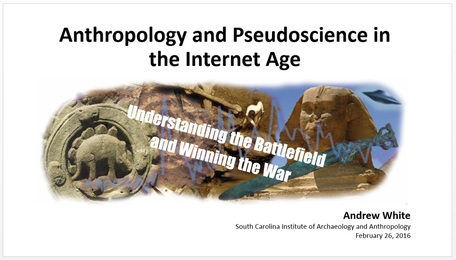
Don't worry, I'm kidding. You should still come to my talk, if only for my animations of flying watermelons. I promise I won't take up a single minute more than three hours of your time.
On another topic, I have been happily reading the comments on my blog post reacting to Chris Moore's American Antiquity paper. If you're interested in Paleoindian, hunter-gatherers, and/or the Pleistocene/Holocene transition in the Eastern Woodlands you should check it out -- it's nice to see professionals chime in and share information and ideas in a public setting like a blog. Hopefully we can get that happening more often. I want to respond to and/or follow up on several of the comments, but I've been forcing myself to take care of other business first (see above).
Here's another thing I'd like to have a good look at: this new paper on Fishtail projectile points from Brazil by Daniel Loponte, Mercedes Okumura, and Mirian Carbonera. It has metric data, nice images, maps, and a summary of what's known about dating. I don't know much about Fishtails -- the last thing I can recall reading about them (some time ago) was the 1999 "Geographic Variation in Fluted Projectile Points: A Hemispheric Perspective" by Juliet Morrow and Toby Morrow (American Antiquity 64(2):215-230). It will be interesting to read the 1999 paper again and look at the new paper.
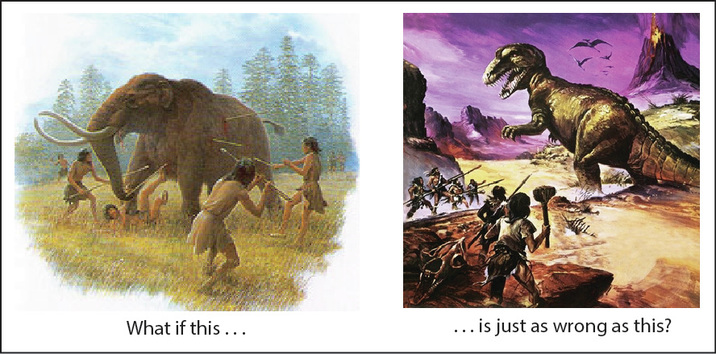
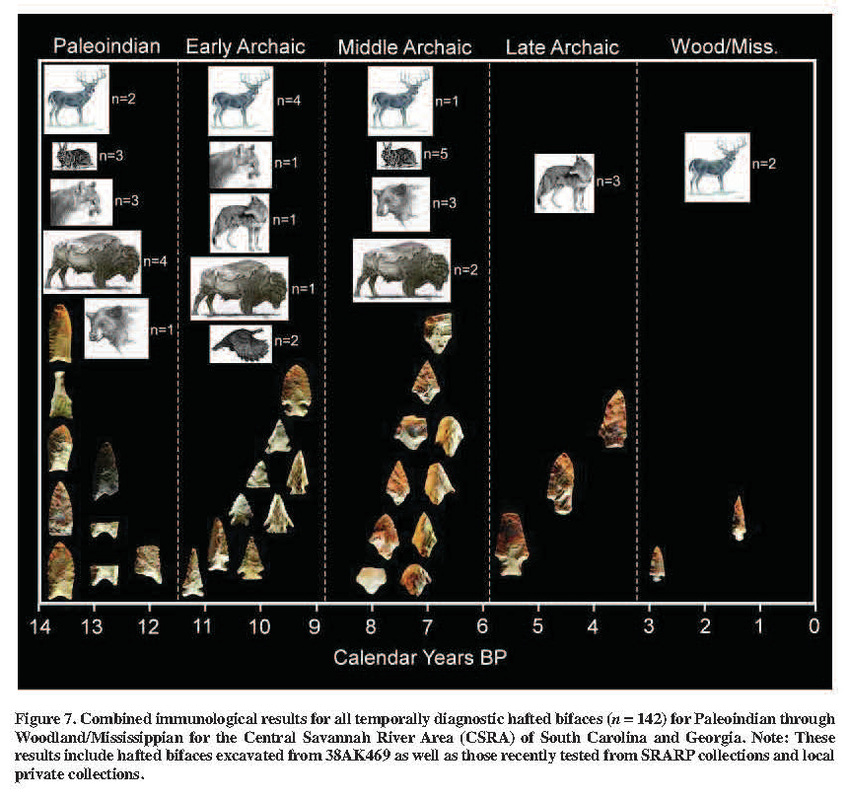
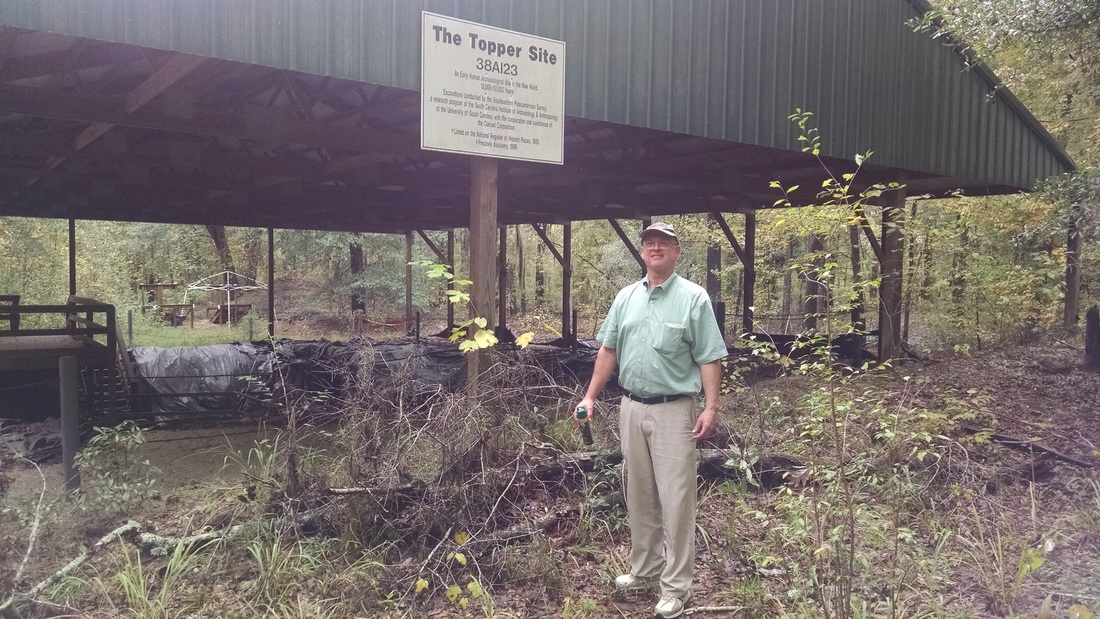
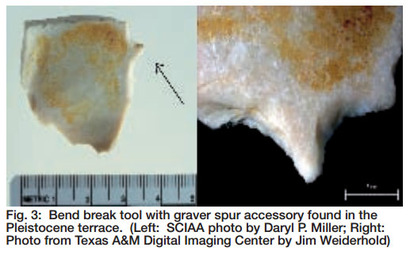
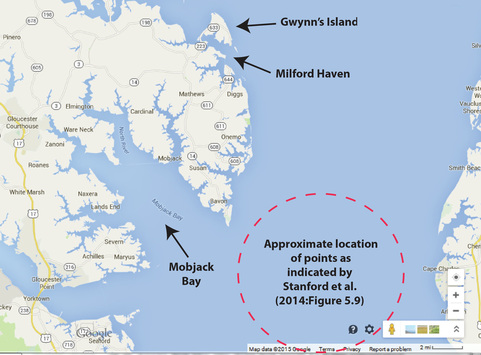
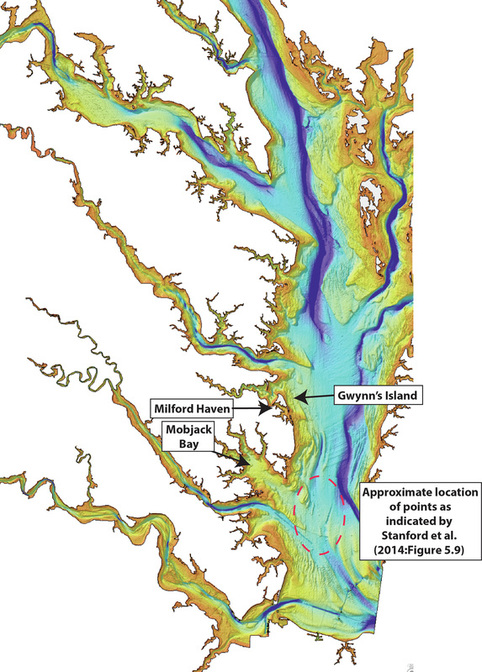
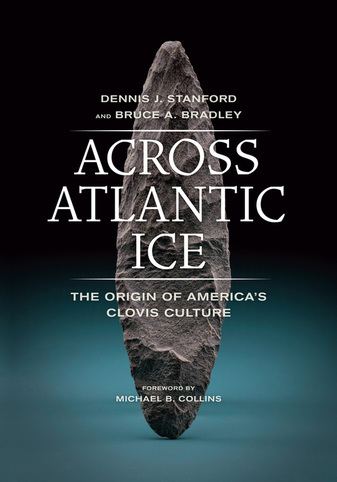
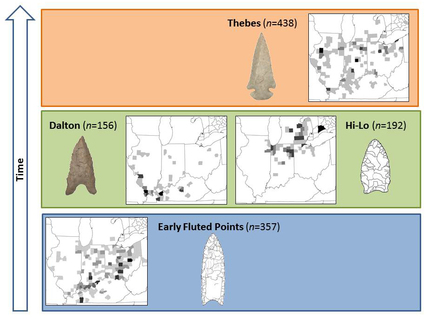
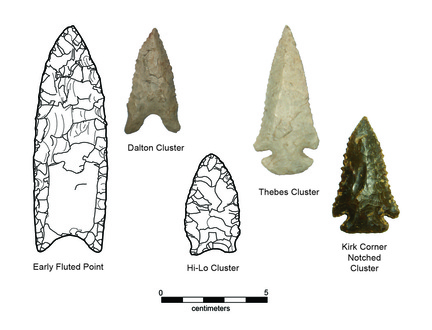
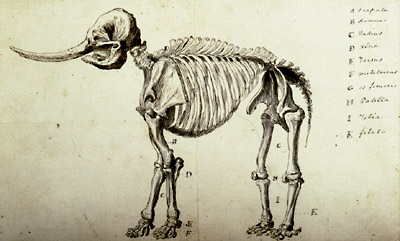
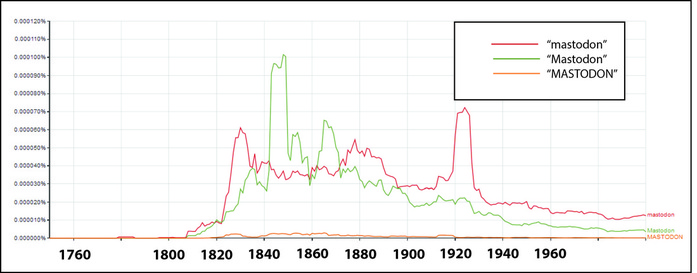
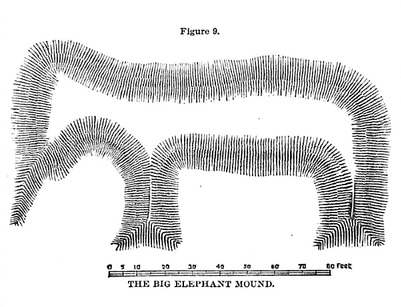
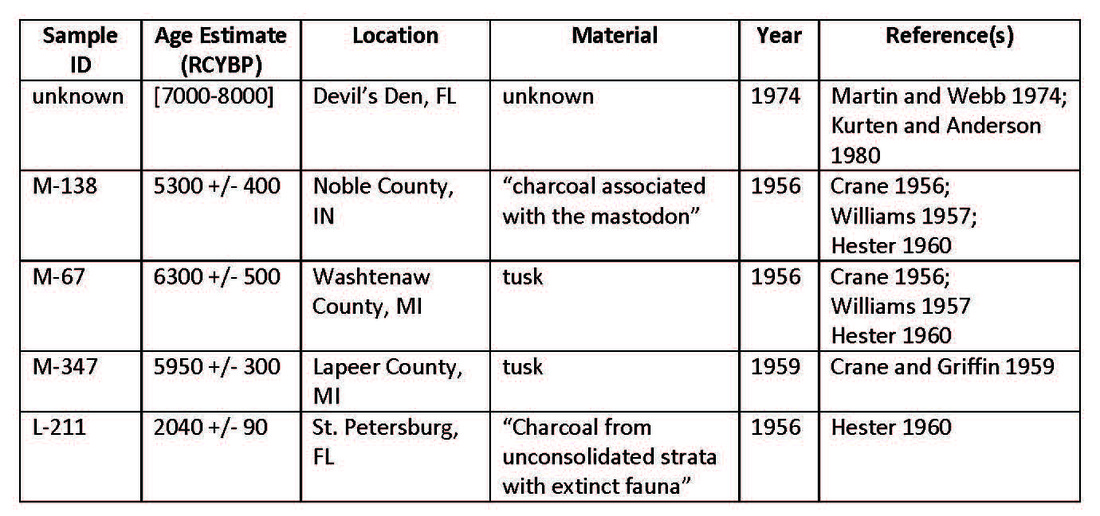


 RSS Feed
RSS Feed
